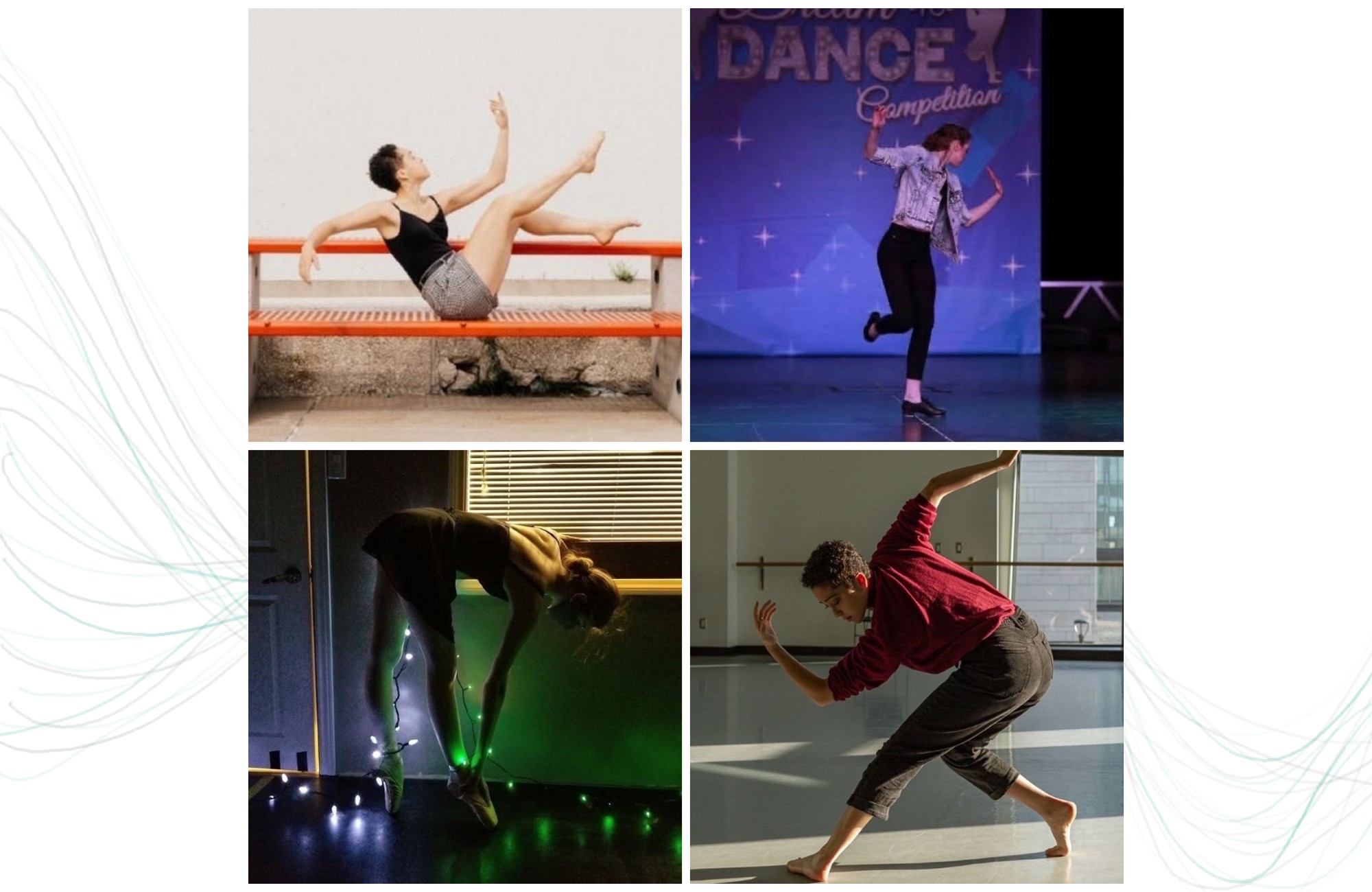If anyone has ever set foot in a dance studio, they would hear a dance instructor say, “Ballet is the foundation of theatrical dance.”
When ballet dancers often start training from a very young age, and in high caliber companies, classes are usually separated by gender. “Pas de deux,” a prominent piece in ballets or duets, is almost exclusively between a man and a woman in most classical ballets. These ballets are the foundation of the ballet industry, and a lot of the dance industry as a whole.
Clara Chemtov, a first-year dance student at York, disclosed some of their experiences of these gender binaries in the dance industry. “I have yet to see students putting on a show that revolves around a non heteronormative storyline. Every single story we had was just a boy and a girl falling in love. It sort of makes you feel like there isn’t a place for anything else.”
“Whenever we’d do musical theatre pieces, I’d always offer to be the opposite gender because no one wanted to give it up,” says Julia (Jules) Vance, a gender fluid dance student in their first year at York. “I wasn’t even taking one for the team, I actually enjoyed it. And it didn’t make me question whether I was a man or a woman, it just made me question if I present as one or the other. It allowed me to express my gender identity without really realizing what it was.”
Chemtov also disclosed some of the experiences they’ve had at York. They were doing a duet with a male-presenting dancer, and their original premise for their piece was lost in translation. “We performed it in front of the choreographers’ peers to get some feedback, and they immediately went, ‘Wow, that was such a pretty love story. You have such good chemistry!’ And we just looked at each other, because that was not at all what we were going for.”
Dance companies and ensembles are working towards making dance calls and auditions more inclusive. Moulin Rouge recently put in a “heels and flats ensemble” casting call where they removed gender from their demands entirely. Dancers can audition in whatever shoe they’re most comfortable in outside of gendered roles.
American Ballet Theatre also published a commissioned piece called “Touché” that premiered November 23, 2020. Choreographed by Christopher Rudd and performed by Calvin Royal III and João Menegussi, it explores the themes of male love, and is described as a “pas de deux of Pride” by Playbill.
“I would say to make casting calls be more strength based rather than gender based,” Chemtov says when asked how the industry could make auditioning and dance more inclusive.
“Oftentimes they’ll say they’re casting a male dancer, but what they’re really looking for is someone who is physically strong and able to jump high— because that’s typically what a male dancer can do that a female can’t. In that case, they should think about the qualities they’re looking for rather than just the gender.”
Vance also finds that dance attire should be updated because people of all gender identities find themselves “very confined within what you have to wear, and it really diminishes the inclusivity of dance,” Vance says.
Vance offers a strong closing statement in their interview.
“To make auditioning and the dance community more accepting is just to accept and to realize that there are people who are different, but they can still dance beautifully, you know? Regardless of their height, or talent, or ability, I don’t think you should judge anybody based on their sexuality or gender expression. We are people who are meant to be together.”


